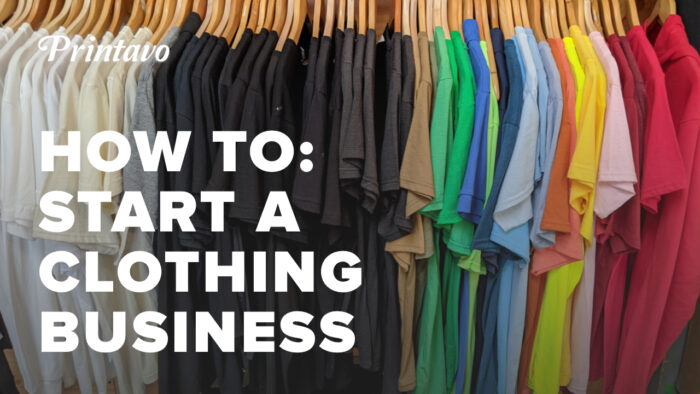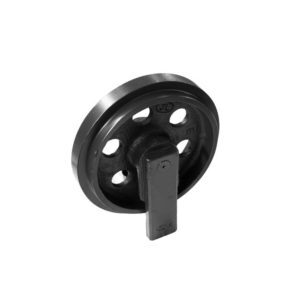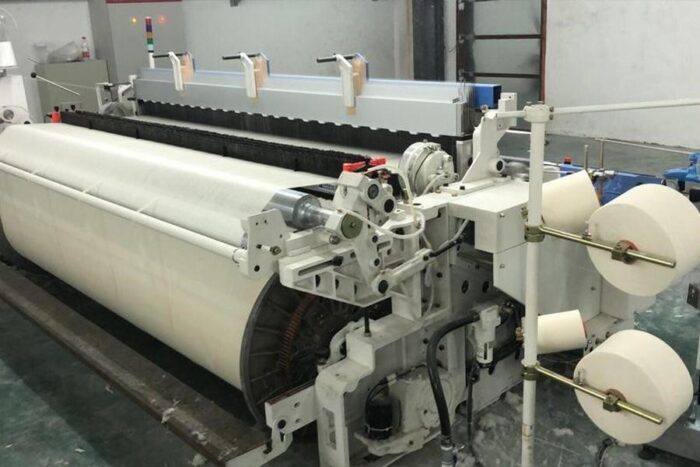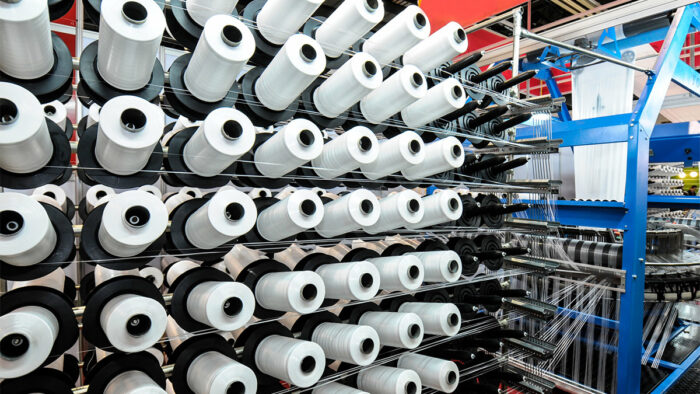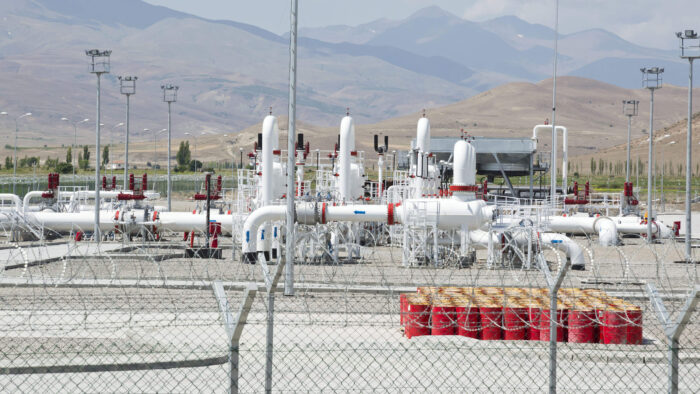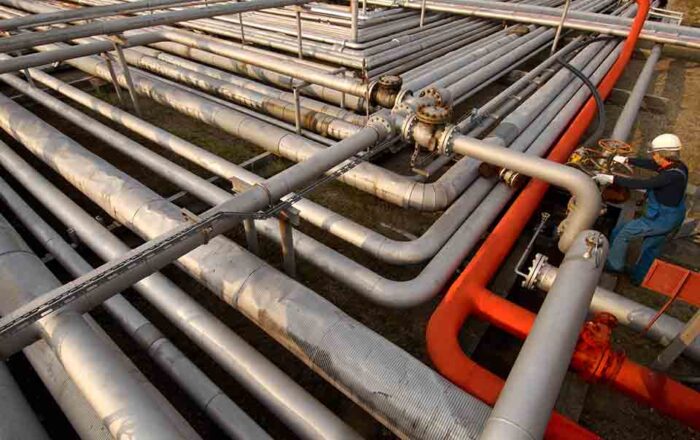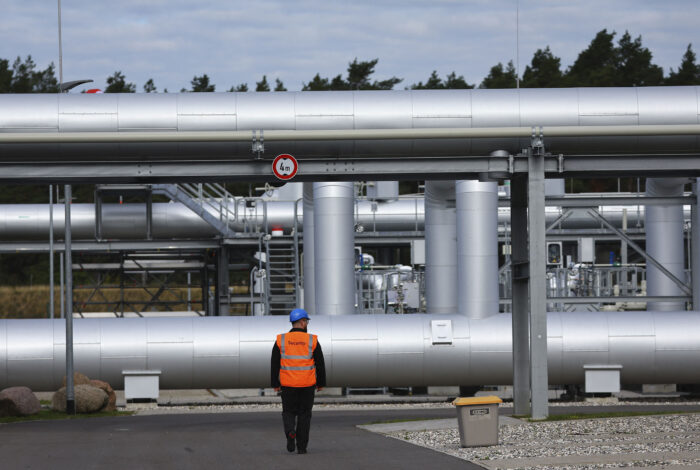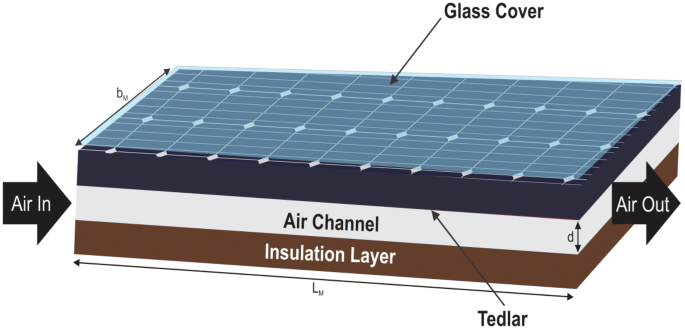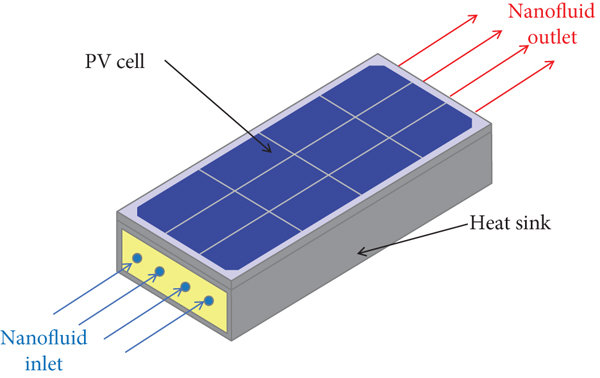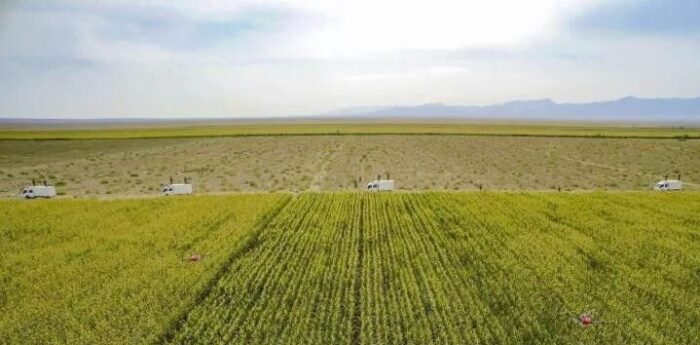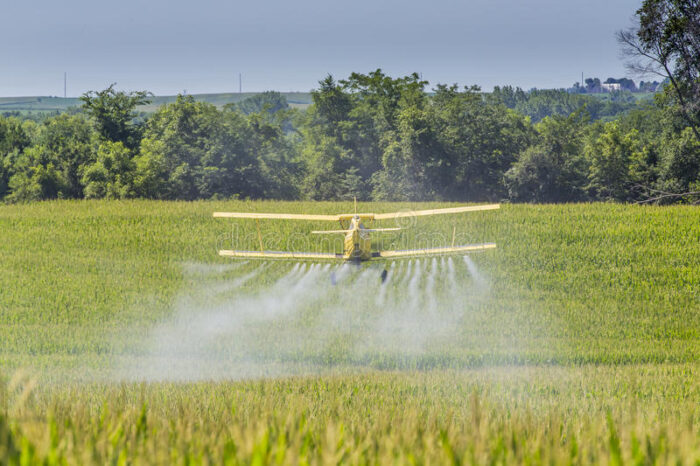White Vinegar Cleaning Method
Wipe the surface of the furniture with an equal amount of white vinegar and hot water, and then wipe it vigorously with a soft cloth. This law applies to the maintenance of mahogany furniture and the cleaning of other furniture contaminated by seedling ink.
Lemon Cleaning Method
If the polished or varnished wood is scalded by heat such as a match, it will leave marks. You can wipe it with half a lemon first, and then wipe it with a soft cloth soaked in hot water. Finally, wipe it dry quickly with a dry soft cloth, and polish it to restore it to its original state.
Toothpaste cleaning method
The white paint on the surface of the furniture will turn yellow after a long time, which looks very unpleasant. You can use a rag dipped in toothpaste or tooth powder to wipe, and the paint color can be rubbed, so as not to wipe off the paint and damage the surface of the furniture.
In addition, if there is dust on the furniture, do not sweep it with a feather duster or the like. Because the flying dust will fall on the furniture. The dust on the furniture should be wiped with a semi-dry and semi-wet rag, so that it can be wiped clean.
Egg white cleaning method
After a long time, the dirt on the white leather sofa at home is particularly stubborn, which is a headache. At this time, you can take an appropriate amount of egg white, dip it in a cotton cloth, and repeatedly wipe the dirty surface of leather sofas and other leather products. This method is particularly effective for cleaning leather products, and the egg white also has a certain polishing effect, and the leather will show its original luster after use.
Soap cleaning method
Every once in a while, the wooden furniture should be cleaned once. When washing, you can use a soft rag or sponge to scrub with mild soapy water.
Milk cleaning method
Soak a clean rag in expired milk, and then wipe the table and other wooden furniture with a second rag to remove dirt. Finally, wipe it again with clean water, which is suitable for many kinds of furniture.
Tea cleaning method
If the painted furniture is contaminated with dust, it can be wiped with wet tea leaves wrapped in gauze, or scrubbed with cold tea, which will make the furniture particularly clean and bright.
Beer cleaning method
Take 1400 ml of boiled light beer, add 14 grams of sugar and 28 grams of beeswax, mix thoroughly, when the mixture is cooled, dip it in a soft cloth to wipe the wood. This law applies to the cleaning of oak furniture.
